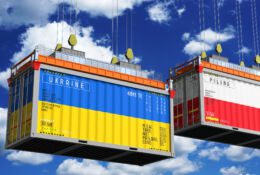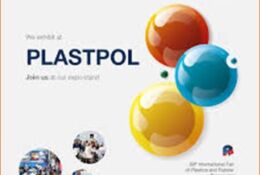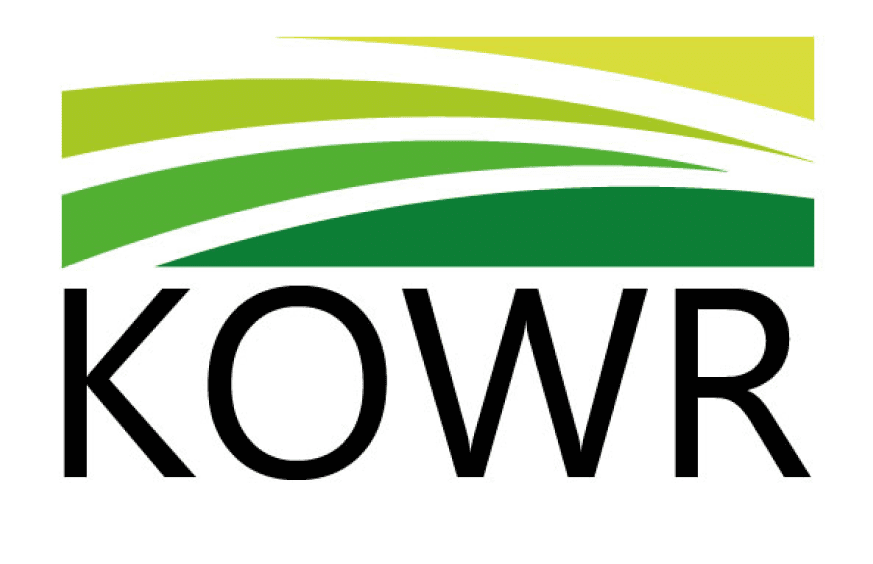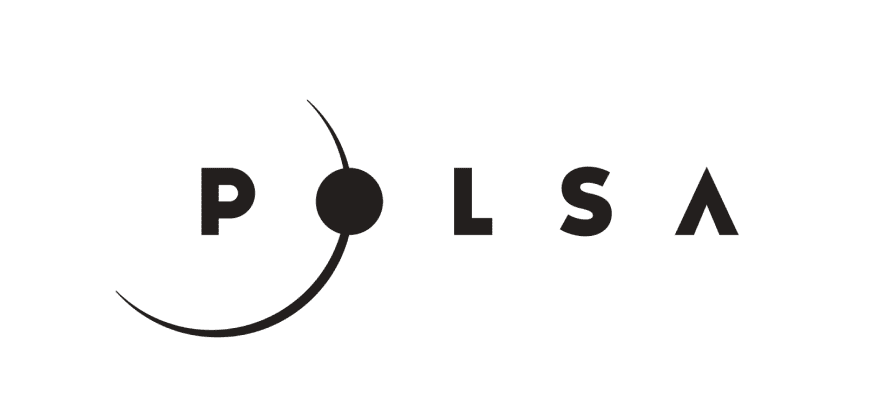19.11.2024
Poland is one of the EU leaders in the production of pumpkins
For years, Poland has maintained its position among the leading producers of pumpkin in the European Union. In 2022, this accounted for almost 40% of the total production of this vegetable in the EU. In 2023, in terms of productivity, harvesting 41.6 kg/ha, it was second only to Spain (47.6 kg/ha).
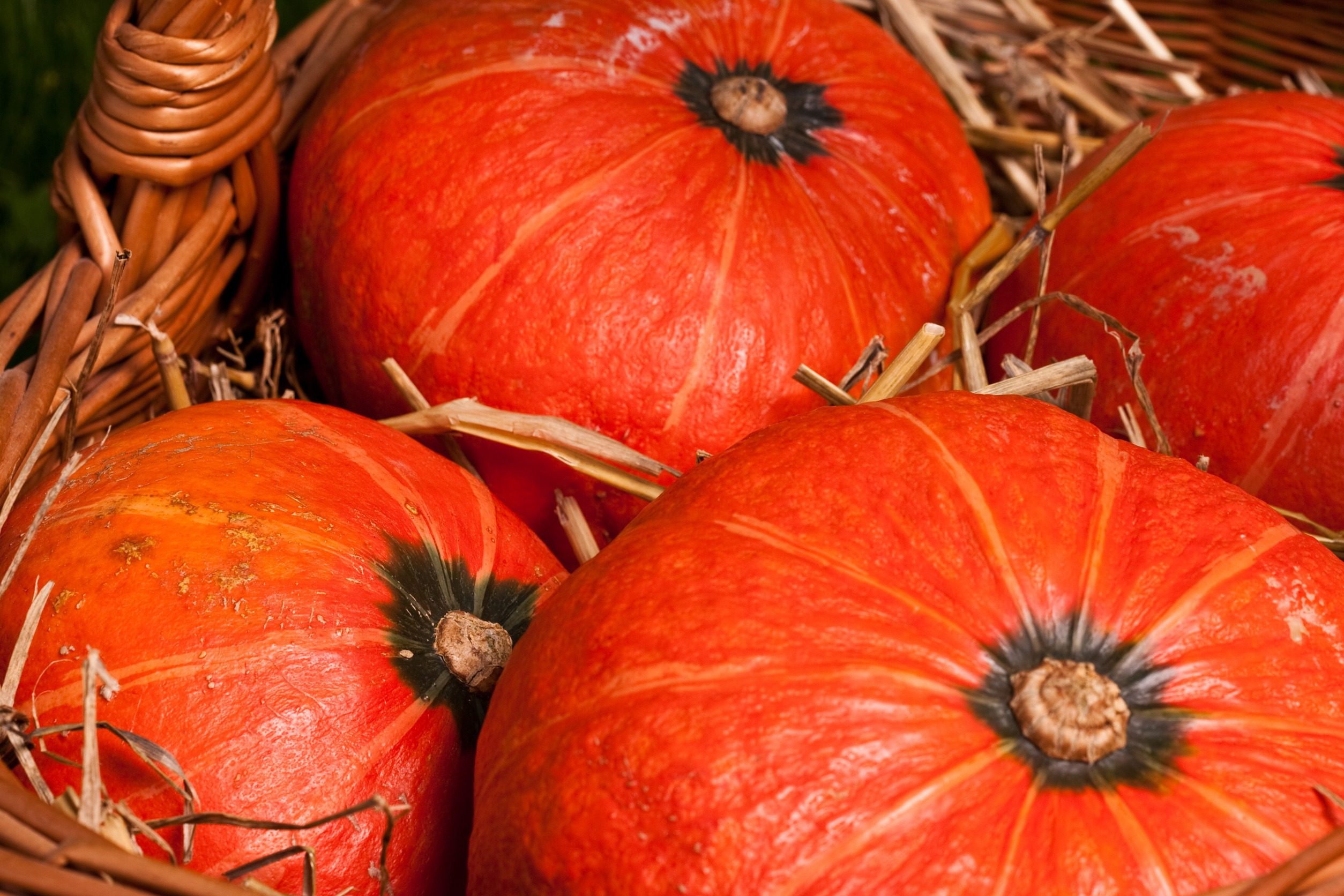
Production and cultivation area
Over the past ten years, pumpkin production in Poland has increased eightfold, reaching 400,000 tons in 2022. At the same time, the cultivated area increased from 1,100 hectares in 2014 to 8,900 hectares in 2022, when it overtook such pumpkin giants as France, Spain, Italy and Germany.
In 2023, the area of pumpkin cultivation in Poland decreased to 7,600 hectares and thus the harvest level decreased. Poland ended 2023 in 4th place among EU producers of this vegetable, harvesting 316,300 tonnes. We were overtaken by Spain (789,800 tonnes), Italy (601,700 tonnes) and France (410,400 tonnes).
In 2024, Polish producers decided to increase the production area again and allocated a record 9,289,190 hectares for the growing of pumpkins.
Export success
Polish pumpkins are becoming more and more popular on international markets. In 2023, the value of pumpkin and gourd exports increased by 21.3 percent y/y, reaching USD 2,552.4 billion.
The main recipients were:
- Germany (USD 599.8 million) – up 25.9% y/y.
- Czech Republic (USD 476.6 million) – down -17.8% y/y.
- Slovakia (USD 382.6 million) – up 80.2% y/y.
- Italy (USD 283.9 million) – up 26.4% y/y.
- Lithuania (USD 213.9 million) – up 58.6% y/y.
The most spectacular percentage increase in Polish pumpkin exports was recorded in the case of France – as much as 12210.2 percent (from USD 206 thousand in 2022 to USD 25.4 million the following year). An equally impressive increase was recorded in exports to Portugal, where the value of imported pumpkin from Poland increased by 1968 percent (from USD 7.52 million to USD 155.5 million).
Reasons for the growing popularity of pumpkins
The dynamic increase in demand for pumpkins is related to the growing demand for healthy food. Pumpkins contains numerous nutrients such as vitamins, fibre and unsaturated fatty acids, which makes it attractive both in cooking and in the pharmaceutical and food industries. For producers, its additional advantage is the possibility of storing it for several months, which allows it to be sold also in late autumn and early winter.
Competitive advantages of Polish pumpkins
Polish pumpkins have gained popularity thanks to:
- high quality resulting from the climate and traditional cultivation methods,
- durability and ease of storage,
- high nutritional value and taste,
- competitive prices,
- shorter transport time compared to pumpkins imported from distant regions, which ensures greater freshness of the product.
Poland compared to other producers
Poland is not the only major player on the international market. South Africa is playing an increasingly important role in the export of pumpkins, which has dynamically increased its production in the last ten years, supplying the market with high-quality butternut squash.
Other significant producers and exporters of pumpkins in the world are: China, the United States, India, Mexico, Ukraine, and in the European Union: Spain, Italy, France, Portugal.
Source:
- The Central Statistical Office (GUS)
- KOWR, „Polska największym producentem dyni w Unii Europejskiej”
- AtlasBig, „World Pumpkin Production by Country”
- Everything
- News (257)
- Events (159)
- Get Support (82)
-

Degustacje Piwa Paweł Leszczyński
Cultural and recreational servicesShow allShow more Show lessThe Warsaw Beer Festival is more than just a gathering with great beer—it’s three days filled with positive energy, conversations, laughter, and new experiences. Since 2014, every spring and autumn, we create a space where passionate people come together: craft brewers, beer enthusiasts, and everyone who enjoys a good time in a relaxed, friendly atmosphere. It’s a place where friendships are made, new flavors are discovered, and old habits are broken. No pretension—just a love for craft

EXTREME EXPLORER KRZYSZTOF ZABŁOTNY
Show more Show lessClimbing School run by a PZA Mountaineering Instructor with over 25 years of experience. We offer climbing courses in Poland and abroad: mountaineering, rock climbing, beginner, winter, high-altitude tourism, and ice climbing. Training is tailored to all skill levels – from basics to advanced techniques in belaying, self-rescue, and route leading. Focus on safety, technique, and passion!

EXACTUS Sp. z o.o. Biuro Rachunkowe
Business servicesShow allShow more Show lessExactus is one of the largest accounting offices in the Wielkopolska region (western Poland). For over 24 years we have been providing high quality accounting, tax, payroll, HR and consulting services. We provide reliable accounting, partnership cooperation and stable service. Our experience and knowledge will certainly allow us to support your business in Poland in the ever-changing legal and tax environment. We cooperate with many entrepreneurs who represent a variety of industries.

ACCREO SPÓŁKA Z OGRANICZONĄ ODPOWIEDZIALNOŚCIĄ
Business servicesShow allShow more Show lessAccreo is a modern consulting company that offers services to businesses and individual clients for tax and legal consulting, business restructuring and European consulting. The Accreo brand stands for the consistently high quality of services provided, tax and legal security of the proposed solutions, and its unique added value, which is extremely important for a company’s stability and efficient management in ever-changing business realities.
-
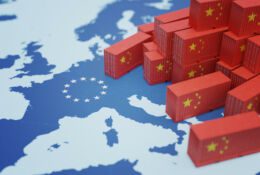 Article
ArticleTrade between the European Union and Poland with China in 2023-2024
The European Union and China are among the world’s most important trading partners
 Article
ArticleThe Polish economy and critical dependencies on imports
In 2023 Poland imported 321 categories of goods that can be considered crucial for the economy
-
 Event
EventKIELCE IFRE-EXPO 2025
The 5th International Trade Fair of Fire Brigade and Rescue Services Equipment will be held between …
 Event
EventElectronics Show 2025
The Electronics Show is the largest event for the household appliances, electronics and smart home s…
-
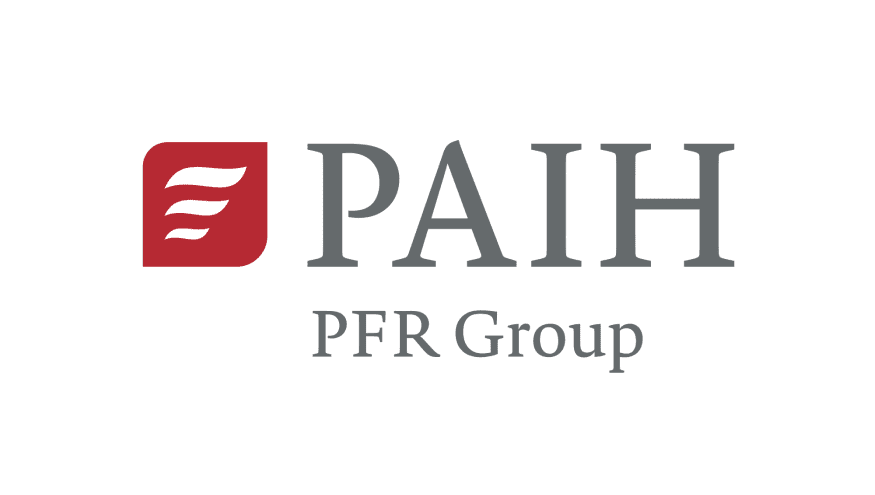 Institution
InstitutionPolish Investment and Trade Agency (PAIH)
The Polish Investment and Trade Agency (PAIH) is the partner of first-resort for entrepreneurs when …
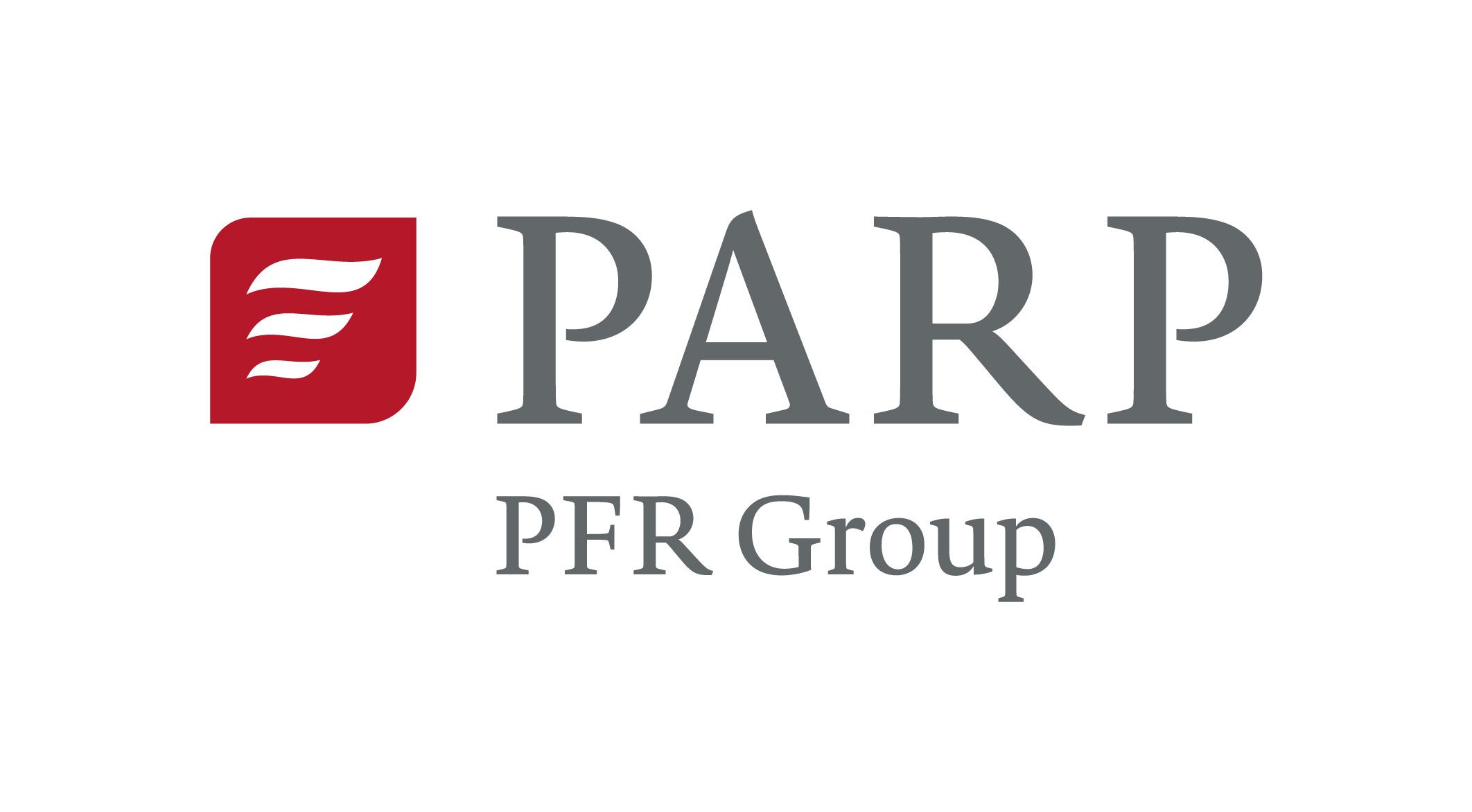 Institution
InstitutionPolish Agency for Enterprise Development (PARP)
Polish Agency for Enterprise Development (PARP) mission is an implementation of economical developme…
The Export Promotion Portal uses cookies to make it easier for users to use the website and for statistical purposes. If you do not block these files, you agree to their use and saving in the memory of your computer or other device. Remember that you can change your browser settings to block the storage of cookies. More information can be found in Privacy Policy and Terms and conditions.

